Home>Garden Essentials>Garden Storage>How Much Does A New Wardrobe Cost
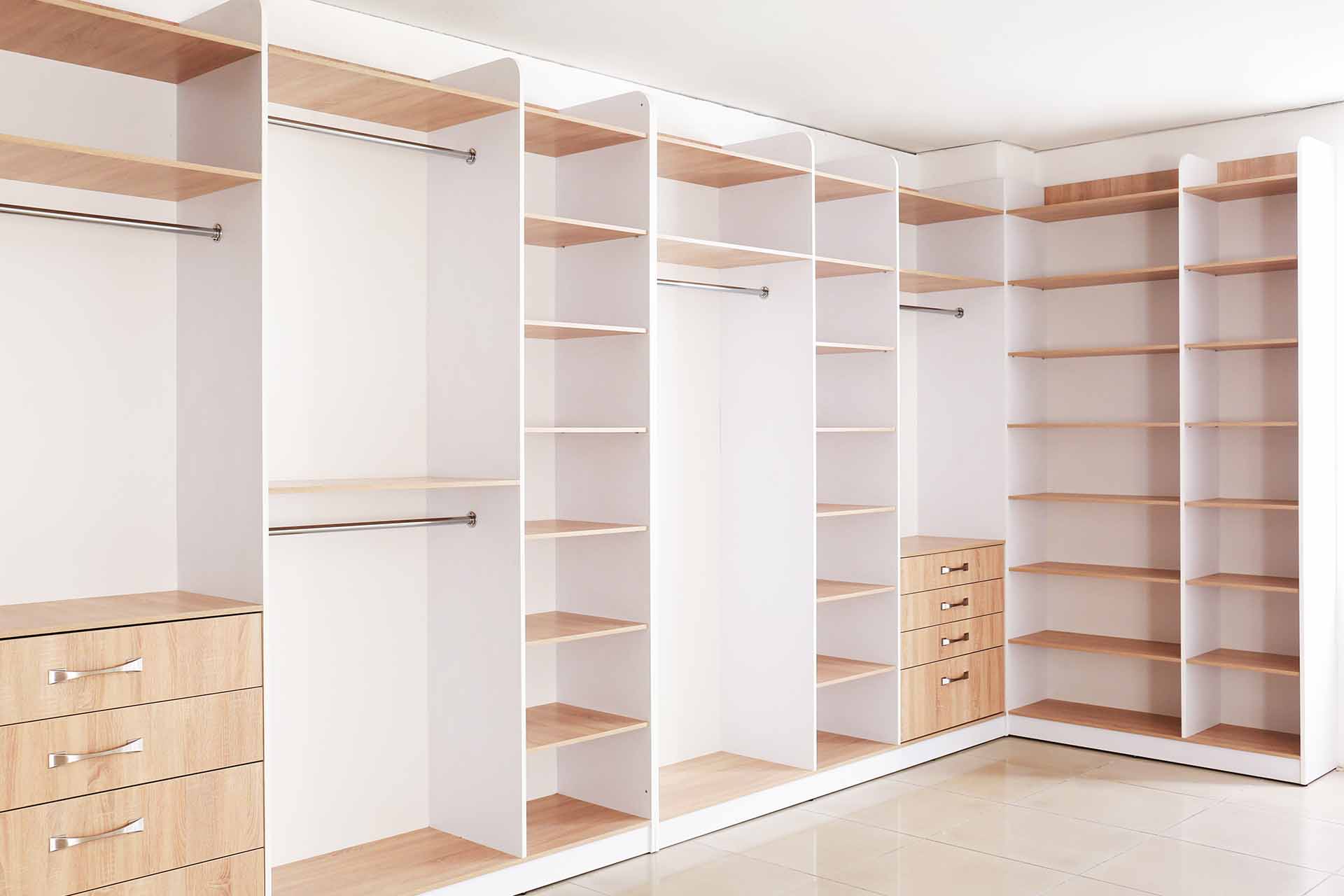

Garden Storage
How Much Does A New Wardrobe Cost
Modified: August 17, 2024
Looking to upgrade your storage options? Find out the cost of a new wardrobe and get organized with stylish storage solutions.
(Many of the links in this article redirect to a specific reviewed product. Your purchase of these products through affiliate links helps to generate commission for Storables.com, at no extra cost. Learn more)
Introduction
Welcome to the world of fashion and style! Whether you’re revamping your wardrobe or starting from scratch, one question that often comes to mind is, “How much does a new wardrobe cost?” The answer is not so simple. The cost of a new wardrobe can vary greatly depending on several factors. In this article, we’ll explore the different elements that can influence the overall cost of creating your dream wardrobe.
When it comes to calculating the cost of a new wardrobe, there are a few key factors to consider. These factors can range from the type and quality of clothing items you choose to the additional expenses of shoes, accessories, tailoring, and alterations. By understanding these factors, you can better plan and budget for your new wardrobe.
Let’s dive into each factor in more detail to get a clearer picture of what influences the overall cost.
Key Takeaways:
- Building a new wardrobe involves various factors such as quality, style, and personalization, which can impact the overall cost. Smart shopping strategies and prioritizing versatile pieces can help create a stylish wardrobe without overspending.
- Tailoring and alterations play a crucial role in achieving a well-fitted and polished wardrobe. Investing in quality craftsmanship and attention to detail can enhance the longevity and value of clothing items.
Read more: How Much Does A Built-In Wardrobe Cost
Factors Influencing Wardrobe Costs
When determining the cost of a new wardrobe, several factors come into play. Here are some of the key elements that can influence the overall price:
- Quality: The quality of the clothing items you choose is a major factor in determining the cost. High-quality fabrics and craftsmanship often come with a higher price tag, but they can also last longer and provide better value in the long run.
- Brands: Certain brands are known for their premium quality and design. Opting for these established brands can significantly increase the cost of your wardrobe. However, keep in mind that there are also many emerging and lesser-known brands that offer excellent quality at a more affordable price.
- Style: The style and trends you follow can also impact the cost of your wardrobe. If you’re into high-end designer pieces or niche fashion trends, be prepared to pay a premium. On the other hand, embracing timeless classics and versatile pieces can help you build a more cost-effective wardrobe.
- Quantity: Of course, the number of items you plan to include in your new wardrobe will influence the overall cost. Building a complete wardrobe from scratch will naturally require a larger budget compared to adding a few key pieces to your existing collection.
- Seasonality: Consider the climate and seasons when planning your wardrobe. Depending on where you live, you may need to invest in different clothing options for various weather conditions. This means that your wardrobe cost may fluctuate depending on the time of year.
- Personalization: Tailoring and alterations play an important role in achieving a perfect fit. While it adds an additional cost, personalized alterations can transform an average outfit into a stunning ensemble that complements your body shape and style preferences.
- Sustainability and Ethical Choices: For those who prioritize sustainability and ethical practices, opting for environmentally-friendly and fair-trade brands can increase the cost of your wardrobe. However, supporting responsible fashion can have a positive impact on the planet and communities.
Keep in mind that these factors are not definitive, and everyone’s wardrobe cost will vary based on personal preferences, budget constraints, and lifestyle needs. It’s essential to evaluate each factor and strike a balance between quality, style, and affordability to create a wardrobe that meets your needs and aspirations.
Clothing Items
Clothing items form the foundation of any wardrobe. The cost of clothing can vary depending on the type, brand, and quality. Here are some key clothing items to consider for your new wardrobe:
- Basics: Basic essentials such as t-shirts, jeans, and leggings are versatile and can be mixed and matched with other pieces. Investing in high-quality basics can ensure durability and longevity.
- Formalwear: If you need formal attire for work, special events, or social occasions, consider the cost of suits, dresses, blazers, and dress shirts. The price can vary based on the fabric, design, and brand.
- Outerwear: Coats, jackets, and sweaters are essential for staying warm and stylish during colder months. The cost can depend on the material, insulation, and brand. Consider investing in a versatile and durable coat that can withstand different weather conditions.
- Activewear: If you lead an active lifestyle or enjoy fitness activities, activewear is a must. Prices can vary, and factors such as moisture-wicking properties, breathability, and brand reputation can influence the cost.
- Intimates: Undergarments, including bras, underwear, and socks, are essential for comfort and support. While these items may seem small, they contribute to your overall comfort and confidence. Consider the cost of quality materials that provide the right fit and durability.
- Specialty Clothing: Depending on your lifestyle and hobbies, specialty clothing items such as swimwear, formal gowns, or sport-specific attire may be needed. These items can vary greatly in price depending on brand, design, and fabric.
When planning your wardrobe, assess your lifestyle, climate, and personal style to determine the quantity and type of clothing items you’ll need. Remember that it’s not about owning every trendy piece but investing in classic, versatile pieces that can be mixed and matched in various ways.
Shoes
No wardrobe is complete without a collection of shoes to complement different outfits and occasions. The cost of shoes can vary depending on the brand, material, craftsmanship, and style. Here are some key shoe types to consider when budgeting for your new wardrobe:
- Everyday Shoes: Comfortable and versatile shoes, such as sneakers or flats, are essential for everyday wear. Consider the quality and durability of the materials to ensure your everyday shoes can withstand regular use.
- Formal Shoes: For work, special events, or formal occasions, having a pair of high-quality dress shoes or heels is crucial. These shoes often require extra attention to detail, premium materials, and sturdy construction, which can increase their cost.
- Athletic Shoes: If you’re into sports or enjoy regular physical activity, investing in good-quality athletic shoes is essential. The price can vary depending on the brand, technology, and features that cater to specific sports or activities.
- Boots: Boots are versatile and can elevate any outfit, whether it’s ankle boots, knee-high boots, or combat boots. Consider the quality of the materials, such as leather or suede, and the construction when assessing the cost.
- Sandals and Flip-Flops: Perfect for warmer weather or casual outings, sandals and flip-flops provide comfort and breathability. The cost can vary depending on the materials, brand, and design.
- Specialty Shoes: Depending on your hobbies or specific needs, specialty shoes like hiking boots, dance shoes, or specific sports footwear may be necessary. These shoes often come with unique features and technologies designed for specific activities, which can impact the overall cost.
When choosing shoes, consider the comfort, durability, and versatility of each pair. Opt for timeless styles that can be worn across multiple seasons and invest in well-crafted shoes that will last longer, ultimately providing better value for your money. Remember, it’s better to have a few pairs of high-quality shoes than a collection of inexpensive shoes that wear out quickly.
Consider setting a budget before shopping for a new wardrobe. Research average costs for items you need and prioritize essentials to avoid overspending.
Accessories
Accessories are the finishing touches that can elevate and transform any outfit. They add personality, style, and versatility to your wardrobe. While the cost of accessories can vary depending on the brand, material, and design, they are often more affordable compared to clothing and shoes. Here are some key accessories to consider:
- Jewelry: From necklaces and bracelets to rings and earrings, jewelry can add a touch of elegance and glamour to any ensemble. The cost of jewelry can range from affordable costume pieces to high-end, luxury designs made with precious metals and gemstones.
- Handbags: A stylish and functional handbag can complete any outfit. The cost of handbags can vary depending on the brand, size, material, and craftsmanship. Consider investing in a versatile handbag that can be used for multiple occasions.
- Belts: Belts are not only functional but also add a finishing touch to your outfits. The cost of belts can vary based on the material, brand, and design. Consider investing in a high-quality leather belt that will last for years.
- Scarves and Hats: Scarves and hats are not only fashionable but also provide practicality, especially during colder months. The cost can vary depending on the material, brand, and intricacy of the design.
- Sunglasses: Sunglasses not only protect your eyes but also add a stylish flair to your look. The cost of sunglasses can vary widely based on the brand, style, and lens technology.
- Watches: A timepiece adds a touch of sophistication to any outfit. The cost of watches can vary from affordable options to luxury brands, depending on the craftsmanship, materials, and brand reputation.
When it comes to accessories, the key is to invest in pieces that reflect your personal style and can be mixed and matched with different outfits. Consider the versatility, durability, and timelessness of the accessories you choose, as they can have a significant impact on the overall cost of your new wardrobe.
Read more: How Much Does A New Refrigerator Cost
Tailoring and Alterations
One of the secrets to a well-fitted and polished wardrobe is proper tailoring and alterations. While it may add additional costs, the investment in tailoring can make a significant difference in the overall look and feel of your clothing. Here’s why tailoring and alterations are worth considering:
1. Perfect Fit: Not everyone’s body proportions match the standard sizes offered by retailers. Tailoring allows you to customize your clothing to fit your unique body shape, ensuring a comfortable and flattering fit. Whether it’s adjusting the length of pants, taking in the waist of a dress, or shortening the sleeves of a shirt, tailored garments will enhance your overall appearance and boost your confidence.
2. Revitalize Old Pieces: Tailoring and alterations can give new life to old or thrifted clothing items. Instead of discarding them, you can have them altered to match current trends or your evolving style. With a few adjustments, an outdated piece can be transformed into a trendy and wearable item.
3. Personalization: Tailoring allows you to truly make a garment your own by adding unique details or modifications. You can incorporate personal touches like monograms, decorative stitching, or even combining elements from different clothing items to create a one-of-a-kind piece.
4. Longevity: Investing in tailoring and alterations can extend the lifespan of your clothing. By making adjustments or repairs, you can fix minor issues such as loose seams, buttons, or hems, preventing further damage and ensuring that your clothes remain in good condition for longer.
When budgeting for your new wardrobe, it’s essential to allocate a portion of your budget for tailoring and alterations. While the cost of these services can vary depending on the complexity and time required, the results are well worth it. To get the best value, find a reputable tailor or alteration specialist who can offer quality craftsmanship and attention to detail.
Remember, a well-fitted garment can make even an inexpensive piece look expensive and stylish. Don’t underestimate the power of tailoring in achieving a polished and put-together wardrobe.
Shopping Smart: Tips to Save Money
Building a new wardrobe doesn’t have to break the bank. By employing some smart shopping strategies, you can save money while still creating a stylish and versatile collection of clothing. Here are some tips to help you shop smarter:
- Create a Budget: Set a realistic budget for your new wardrobe and stick to it. This will help you prioritize your spending and avoid overspending on impulse buys.
- Shop During Sales and Clearance Events: Take advantage of sales, promotions, and clearance events to score incredible deals on clothing items. Pay attention to seasonal sales and end-of-season clearance sales to find discounted pieces.
- Consider Pre-Owned or Thrifted Clothing: Thrift stores, consignment shops, and online platforms offer a treasure trove of pre-owned clothing at a fraction of the original price. Look for gently used or vintage items that are still in good condition.
- Shop Off-Season: Buying off-season items can lead to significant savings. Purchase winter clothing in the summer or summer clothing in the winter when prices are lower due to reduced demand.
- Comparison Shop: Before making a purchase, compare prices from different retailers or online platforms. Use price comparison tools or websites to ensure you’re getting the best deal.
- Join Mailing Lists and Loyalty Programs: Sign up for mailing lists or loyalty programs of your favorite brands and retailers. This will allow you to receive notifications about sales, promotions, and exclusive discounts.
- Invest in Versatile Pieces: Opt for versatile clothing items that can be dressed up or down and mixed and matched with other pieces in your wardrobe. This way, you can create multiple outfits without needing an extensive collection.
- Take Care of Your Clothing: Properly care for your clothing by following the care instructions. This will help prolong their lifespan, reduce the need for replacements, and ultimately save you money.
- Consider Renting: For special occasions or one-time events, consider renting clothing items instead of purchasing them. This can help you save money on items you may only wear once.
- Sell or Swap Unwanted Items: Clear out your closet and sell or swap items you no longer need. You can use online platforms or participate in clothing swap events to exchange clothes with others.
Remember, building a new wardrobe is a journey, and it doesn’t have to be done all at once. Take your time, focus on quality over quantity, and prioritize pieces that align with your personal style and needs. By using these smart shopping tips, you can create a stylish wardrobe without breaking your budget.
Conclusion
Creating a new wardrobe is an exciting endeavor that allows you to express your personal style and present yourself with confidence. While the cost of a new wardrobe can vary greatly depending on individual preferences and budget constraints, there are several factors to consider when determining the overall expense.
Factors such as the quality of clothing, choice of brands, style preferences, and the number of items needed all play a role in determining the cost. Additionally, accessories, shoes, tailoring, and alterations are important considerations that can impact the overall budget.
However, there are ways to shop smart and save money while still building a stylish and versatile wardrobe. By setting a realistic budget, shopping during sales, considering pre-owned or thrifted clothing, and investing in versatile pieces, you can create a wardrobe that meets your needs without breaking the bank.
It’s important to remember that a well-curated wardrobe is not about quantity, but rather about quality and personal style. Prioritize items that reflect your individuality, fit well, and can be mixed and matched to create various outfits for different occasions.
As you embark on your journey to create a new wardrobe, take the time to assess your personal style, evaluate the functionality and versatility of each clothing item, and consider the long-term value of your investments.
Remember, building a wardrobe is a continuous process. It’s not a one-time task, but an ongoing evolution as your style evolves and trends change. By being mindful of your spending, shopping strategically, and investing in pieces that bring you joy, you can create a wardrobe that expresses your unique style, enhances your confidence, and stands the test of time.
So go ahead, plan your budget, explore your style, and have fun building the wardrobe of your dreams!
Frequently Asked Questions about How Much Does A New Wardrobe Cost
Was this page helpful?
At Storables.com, we guarantee accurate and reliable information. Our content, validated by Expert Board Contributors, is crafted following stringent Editorial Policies. We're committed to providing you with well-researched, expert-backed insights for all your informational needs.
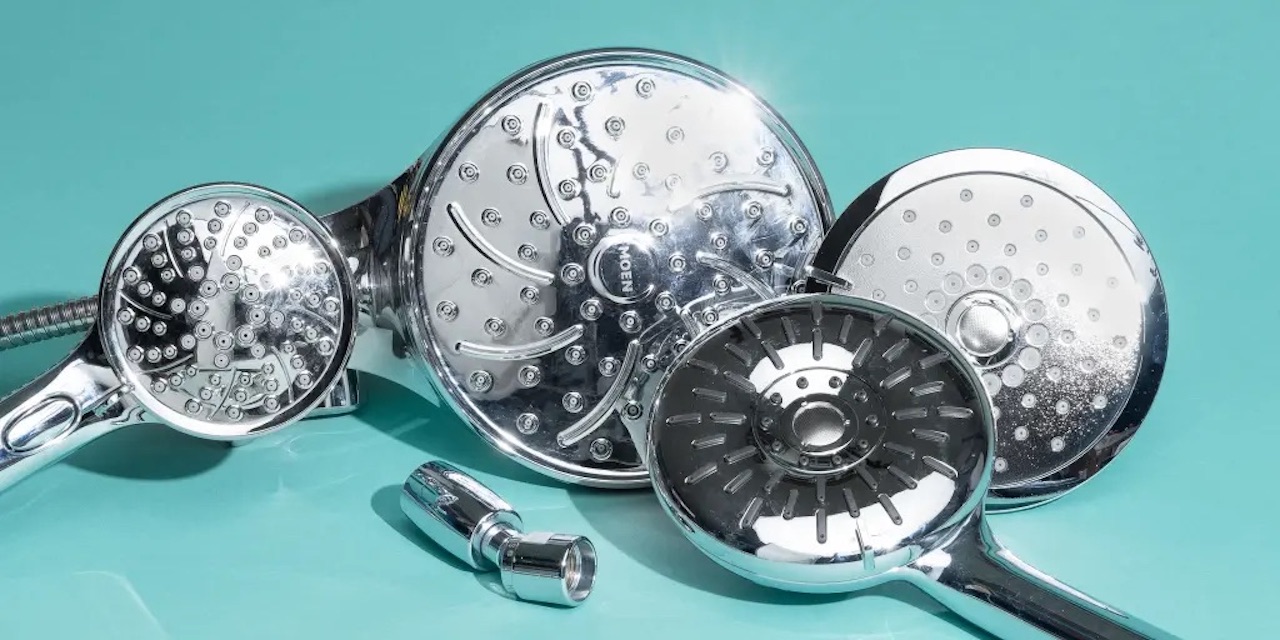
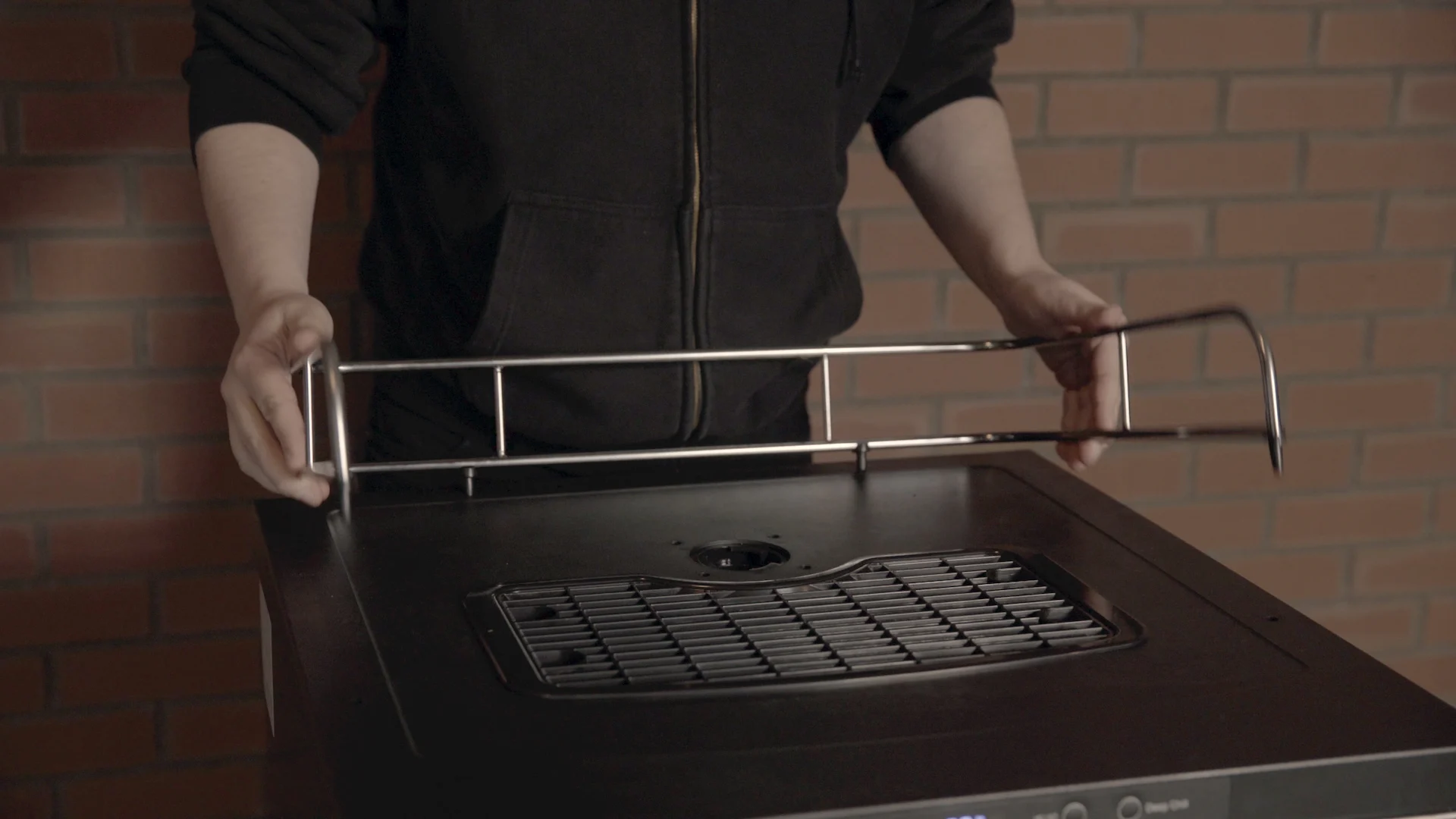
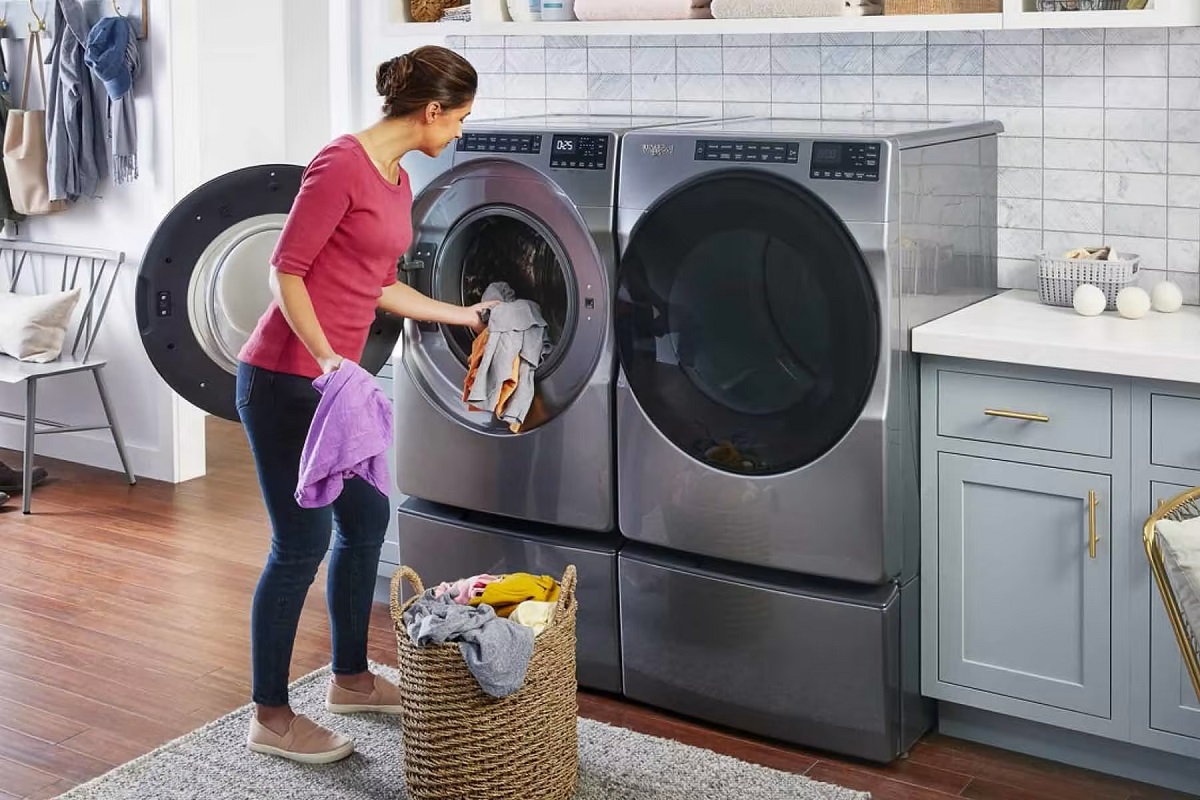
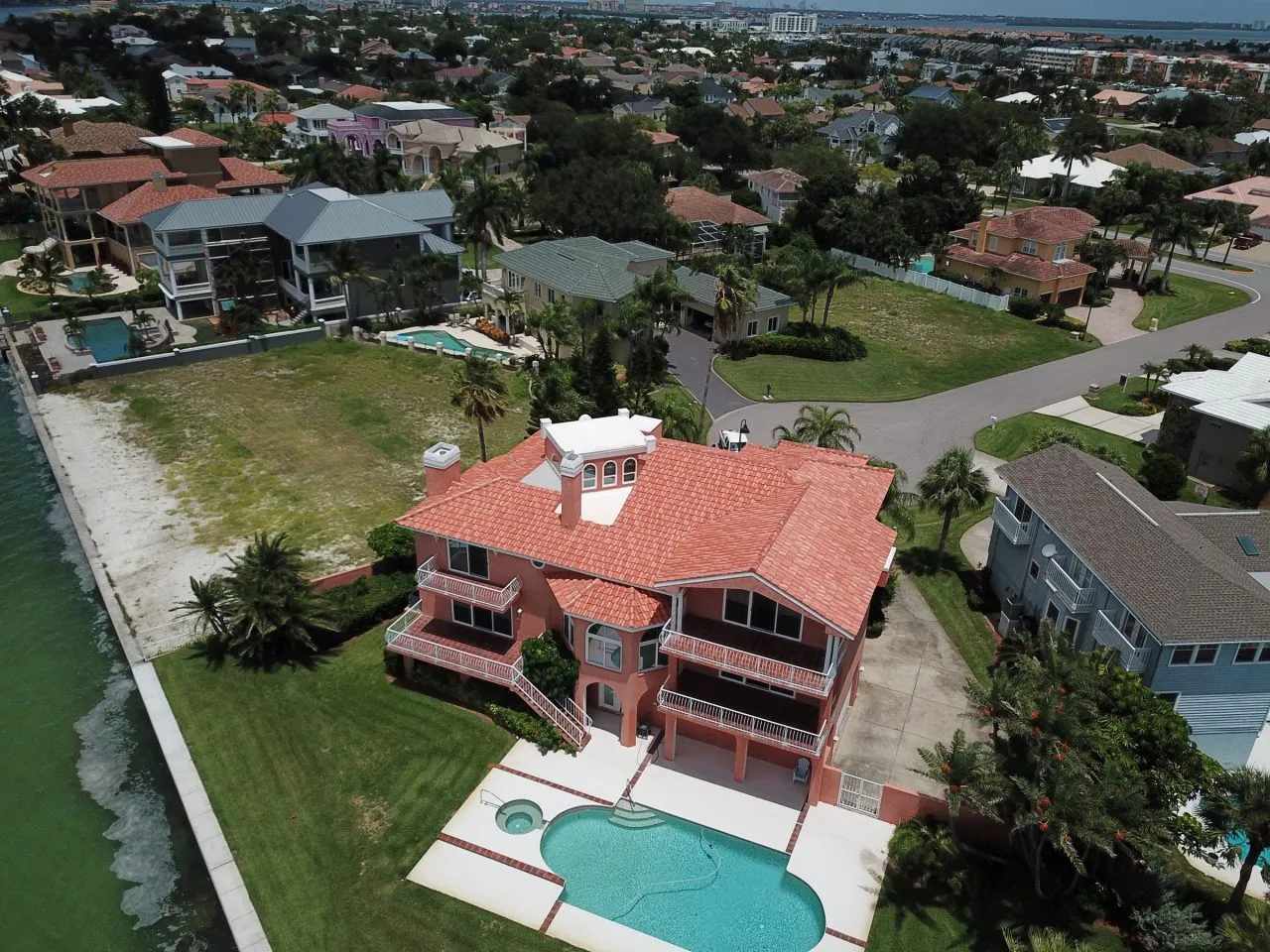
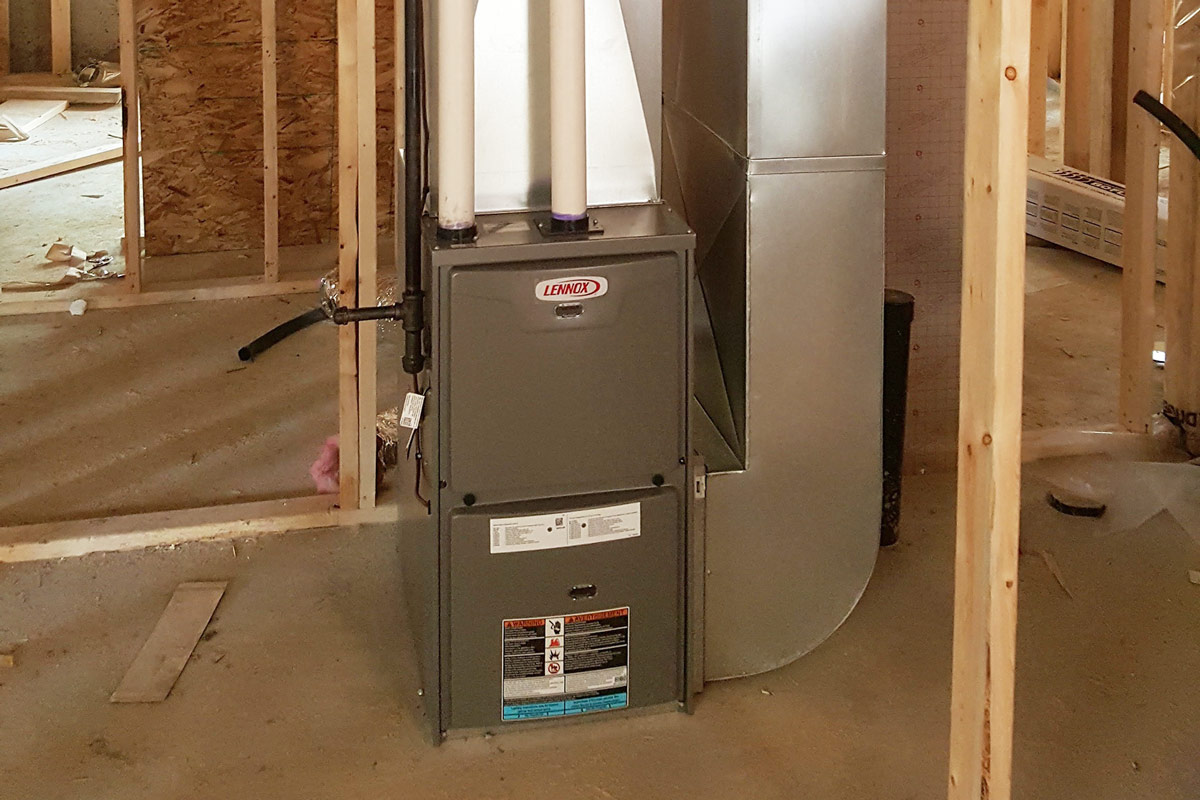
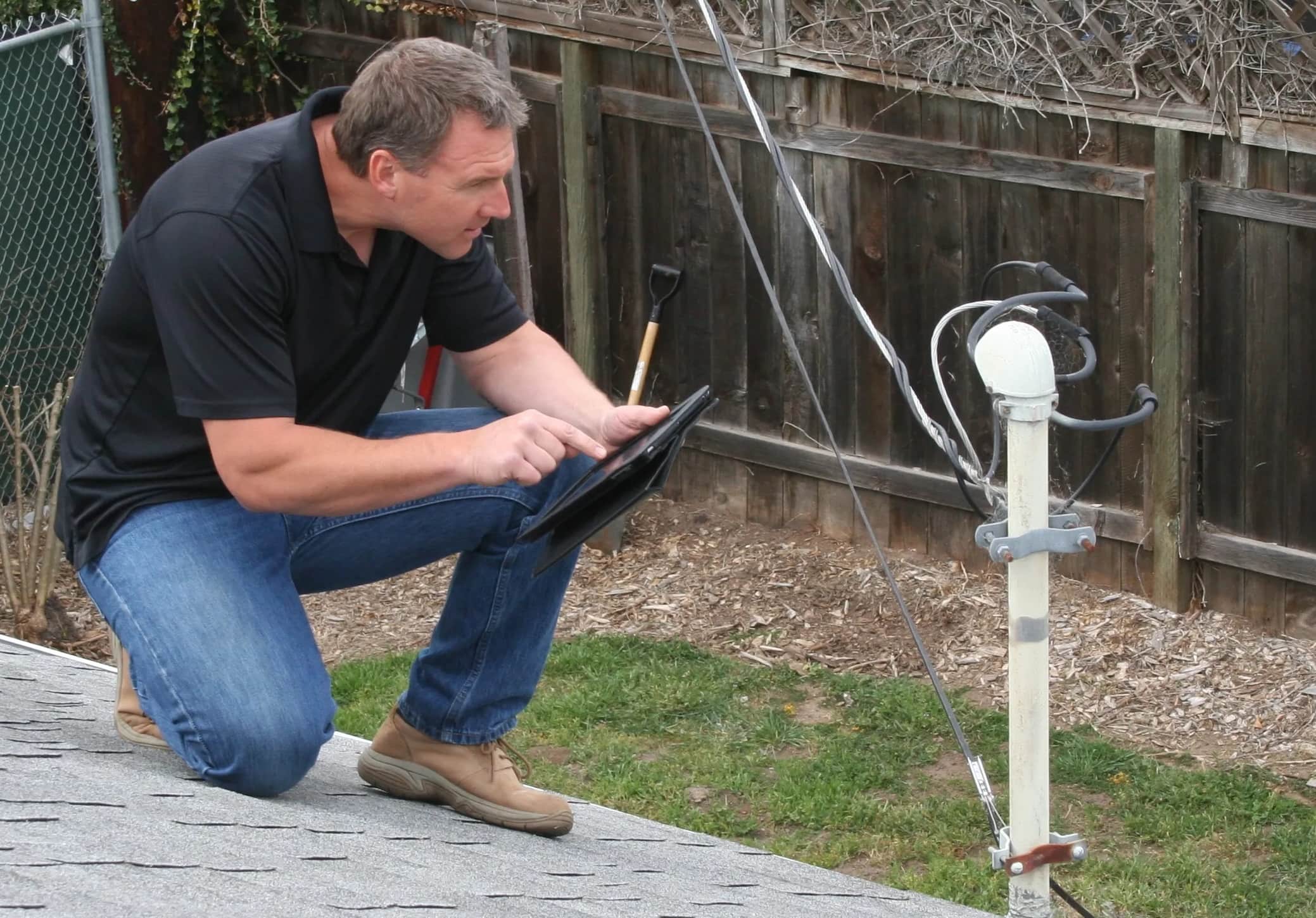
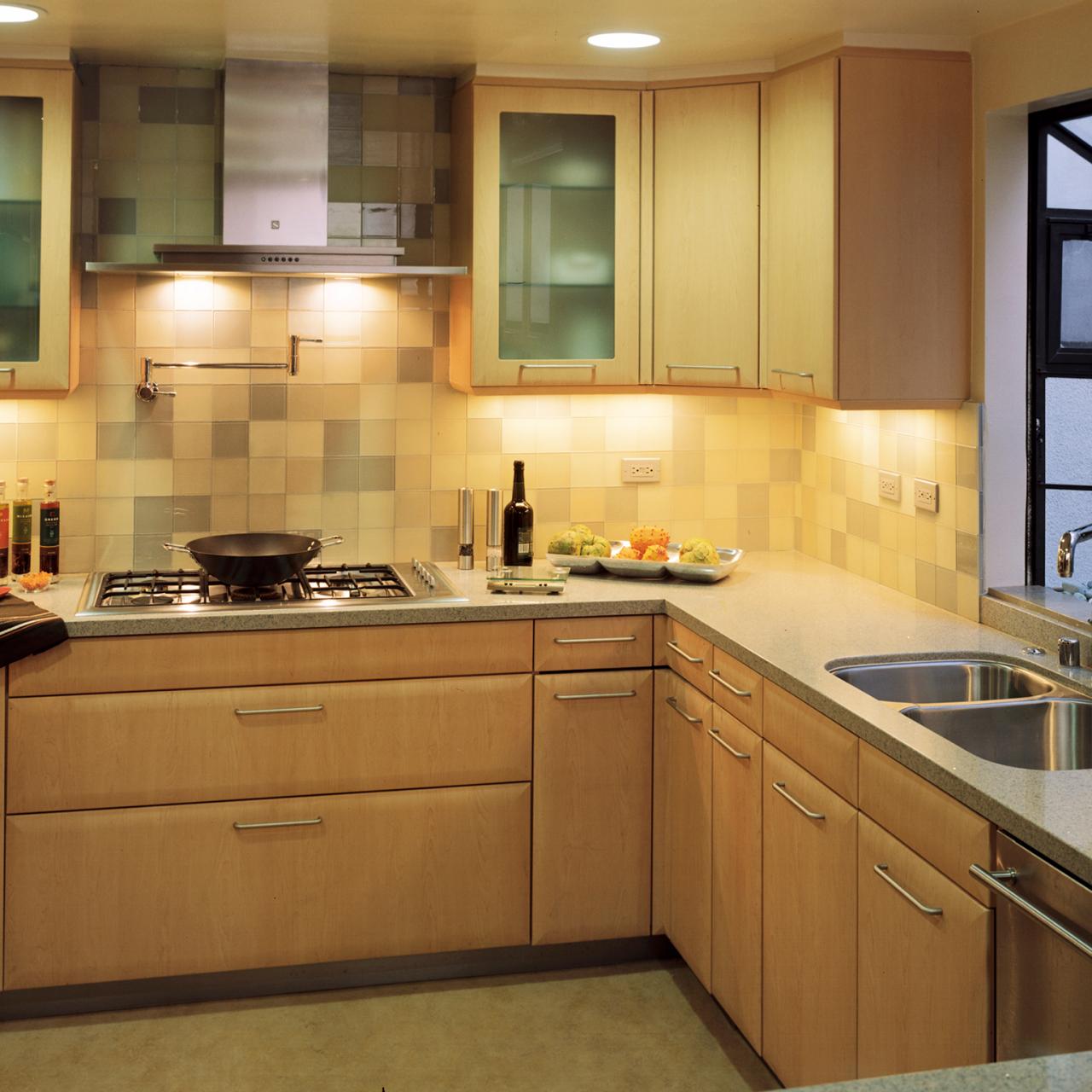

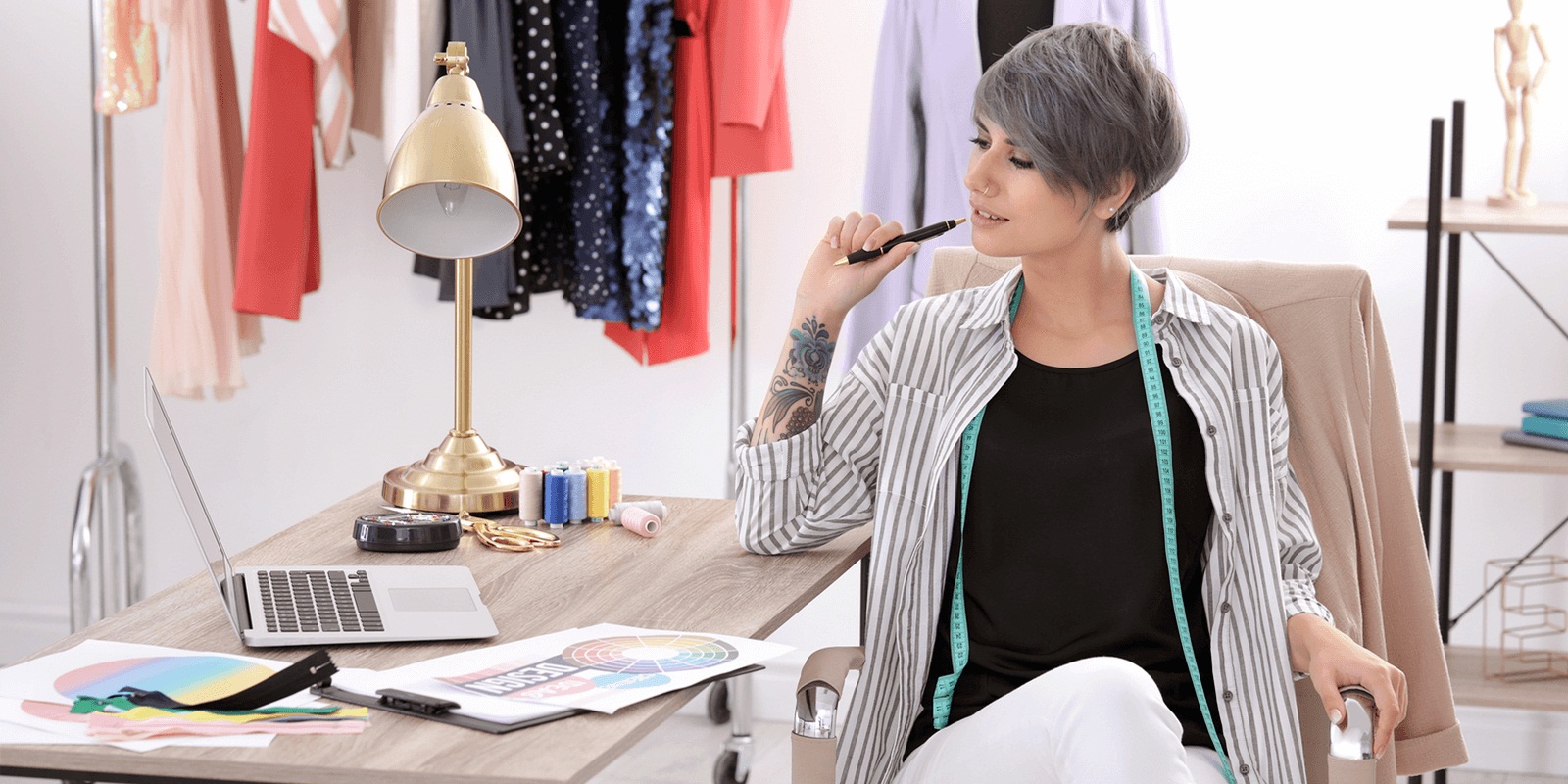






0 thoughts on “How Much Does A New Wardrobe Cost”